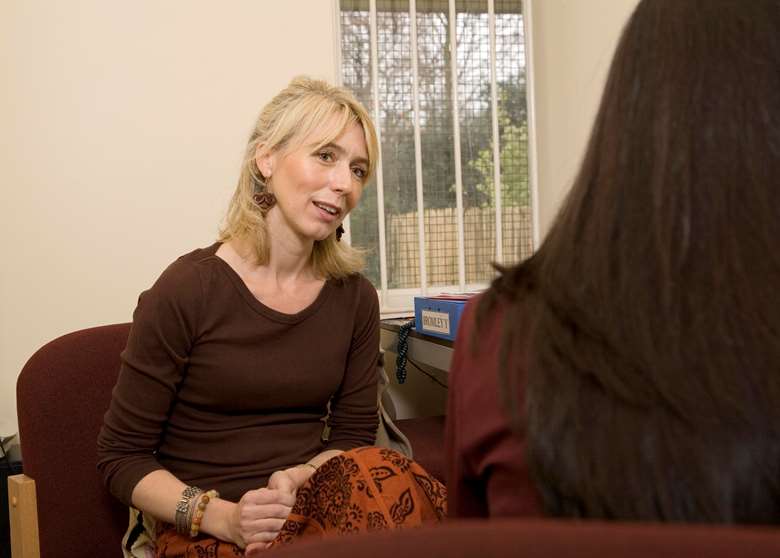Benefits outstrip costs of investing in CAMHS, analysis finds
Derren Hayes
Tuesday, February 3, 2015
Investing in services and therapies for children and young people with mental health problems can deliver financial savings and benefits more than 30-times greater than the cost of providing them, latest analysis shows.

A report by the Centre for Mental Health concludes that under-investment in, and cuts to, children and young people’s mental health services (CAMHS) is a “false economy” because it reduces the benefits that interventions can bring for both individuals and society by increasing the need for costlier therapy and support in adulthood.
The cost-benefit analysis of interventions for a range of common child mental health conditions found that school-based behaviour programmes used to tackle conduct disorder for six- to eight-year-olds cost £108 per child to deliver but produced benefits in behaviour and outcomes valued at nearly £3,000.
Meanwhile, therapy to tackle aggression in adolescents cost £1,260 per child but produced benefits 22-times greater than that.
The analysis also found that cognitive behaviour therapy for school-age children produced significant benefits for treating anxiety and depression – a benefit to cost ratio of 31:1 and 32:1 respectively.
Although the return on investment for interventions to treat attention deficit hyperactivity disorder was lower, the benefits still outweighed the costs of delivering them by 2:1.
Sean Duggan, chief executive of the Centre for Mental Health, said: “Despite clear evidence that the financial benefits of supporting children’s mental health far outweigh the costs, only a minority of children with mental health problems get any form of treatment. And recent cuts to mental health services suggest that this gap could be getting wider rather than narrowing.
“Our analysis implies that failing to meet children’s mental health needs carries a heavy cost that can last a child’s lifetime. It is vital that health services, schools, local authorities and community bodies work together to offer young people effective interventions where they need them, when they need them in a way that they find helpful.”
Last November, the health select committee concluded there are “serious and deeply ingrained problems” with commissioning and delivery of CAMHS linked to underfunding. In addition, recent official figures showed the amount of money spent on CAMHS locally has also fallen over the past five years.
However, the Investing in Children’s Mental Health report found there was still “significant gaps in evidence” on the effectiveness of interventions for self-harm and eating disorders.
The analysis was undertaken as part of the CentreForum Mental Health Commission. Professor Stephen Lee, chief executive of CentreForum, said: "It is clear that there remain significant gaps in children's mental health treatment, with most young people missing out on much-needed support.
“Intervening early in mental health helps to nip problems in the bud. That in turn saves money by eliminating the need for costlier treatments down the line. This is one of those areas where government would be better off spending more on services than cutting them."
To read about the main political parties' plans to improve children's mental health services click here or see the latest edition of CYP Now.




